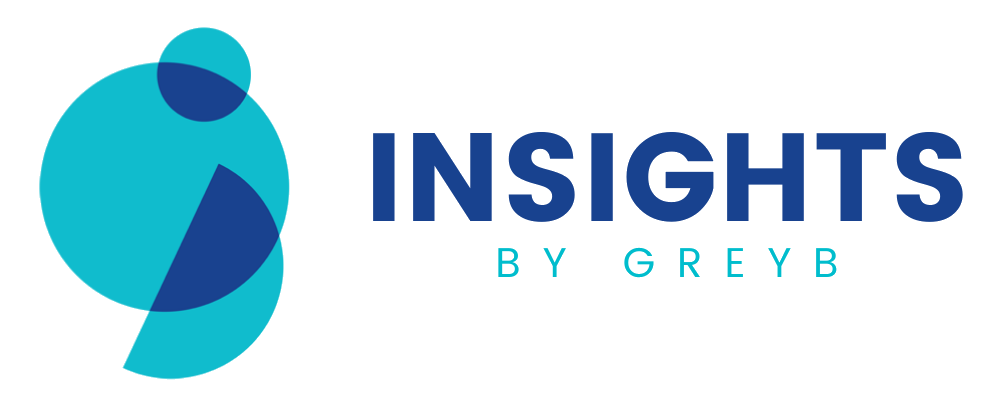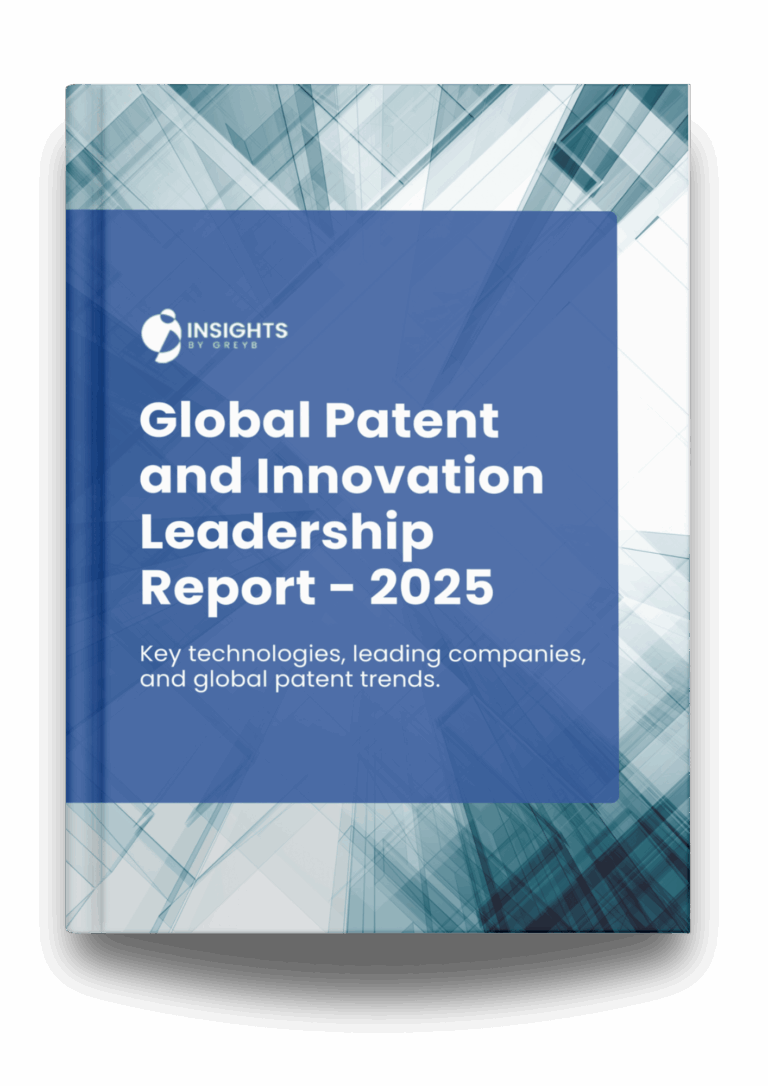Tulip Interfaces has a total of 15 patents globally, out of which 4 have been granted. Of these 15 patents, more than 33% patents are active. Europe (EPO) and The United States of America is where Tulip Interfaces has filed the maximum number of patents, followed by Germany and Hungary. Parallelly, United States of America seems to be the main focused R&D centre and also is the origin country of Tulip Interfaces.
Tulip Interfaces was founded in 2012. The company develops a data analytics and insights platform that digitally transforms factories by managing and visualizing global operations. Its platform connects edge devices to streamline processes, guide operators, and monitor production in real time. This enables organizations of all sizes to enhance efficiency, ensure quality, and achieve complete traceability across their operations.
Do read about some of the most popular patents of Tulip Interfaces which have been covered by us in this article and also you can find Tulip Interfaces patents information, the worldwide patent filing activity and its patent filing trend over the years, and many other stats over Tulip Interfaces patent portfolio.
How many patents does Tulip Interfaces have?
Tulip Interfaces has a total of 15 patents globally. These patents belong to 2 unique patent families. Out of 15 patents, 5 patents are active.
How Many Patents did Tulip Interfaces File Every Year?
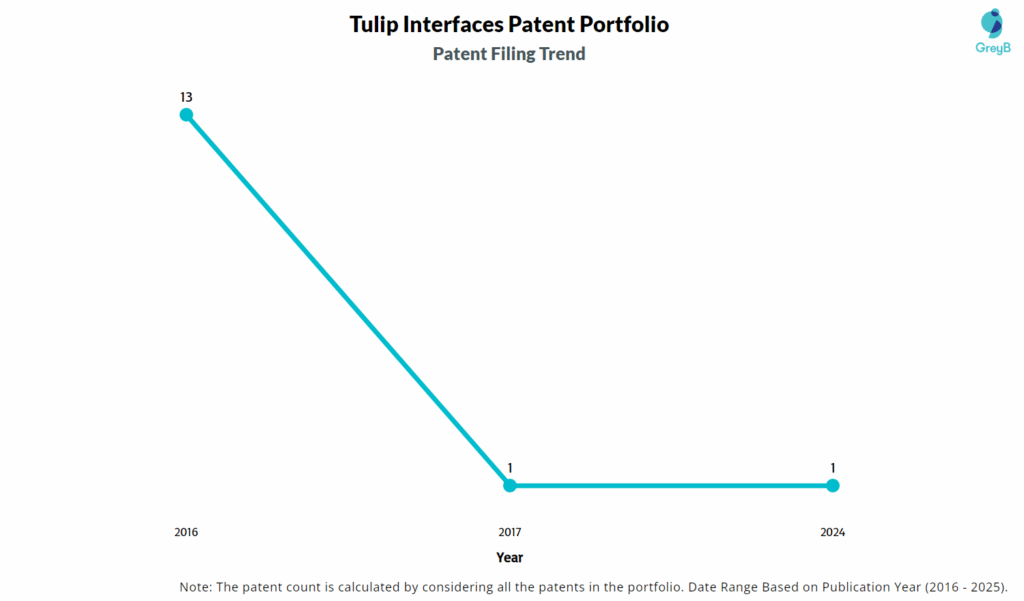
Are you wondering why there is a drop in patent filing for the last two years? It is because a patent application can take up to 18 months to get published. Certainly, it doesn’t suggest a decrease in the patent filing.
| Year of Patents Filing or Grant | Tulip Interfaces Applications Filed | Tulip Interfaces Patents Granted |
| 2024 | 1 | 2 |
| 2021 | – | 2 |
| 2017 | 1 | – |
| 2016 | 13 | – |
How many Tulip Interfaces patents are Alive/Dead?
Worldwide Patents
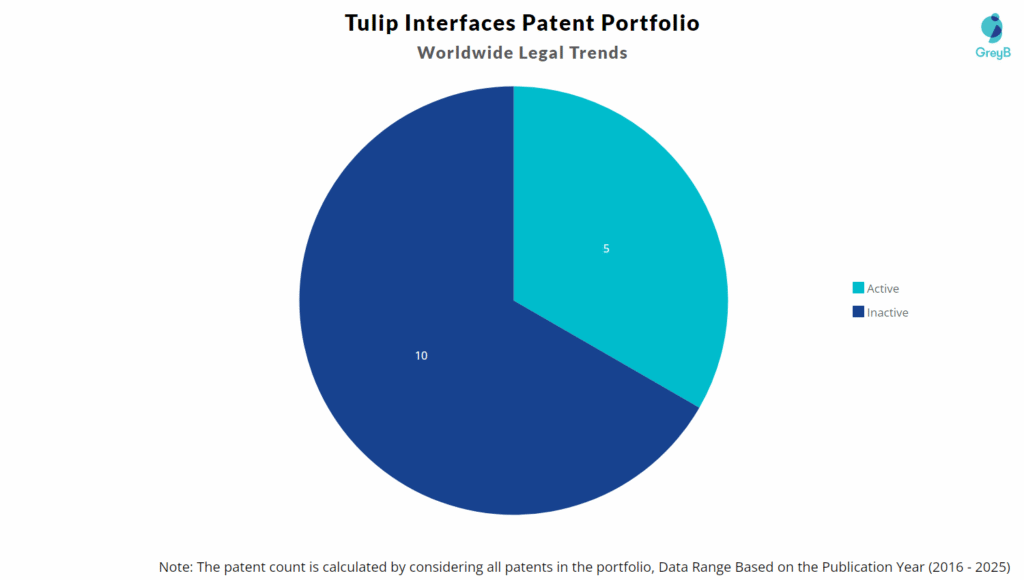
How Many Patents did Tulip Interfaces File in Different Countries?
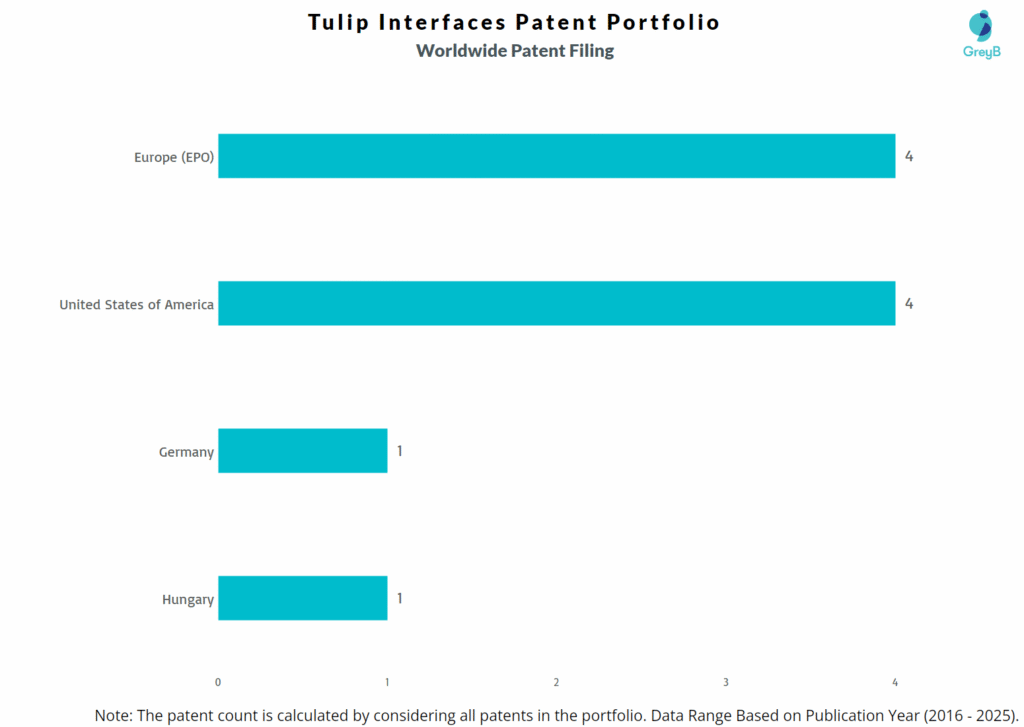
Countries in which Tulip Interfaces Filed Patents
| Country | Patents |
| Europe (EPO) | 4 |
| United States of America | 4 |
| Germany | 1 |
| Hungary | 1 |
Where are Research Centers of Tulip Interfaces Patents Located?
The Research Centers of Tulip Interfaces Patents is the United States of America.
What Percentage of Tulip Interfaces US Patent Applications were Granted?
Tulip Interfaces (Excluding its subsidiaries) has filed 4 patent applications at USPTO so far (Excluding Design and PCT applications). Out of these 2 have been granted leading to a grant rate of 50%.
Below are the key stats of Tulip Interfaces patent prosecution at the USPTO.

Which Law Firms are managing US Patents for Tulip Interfaces?
| Law Firm | Total Applications | Success Rate |
| Prtsi Inc | 2 | 100% |
| Wolf Greenfield & Sacks PC | 2 | 0% |
List of Tulip Interfaces patents
| Tulip Interfaces Patents | Title |
| WO2024220444A3 | Generative Ai For Control And Management Of Manufacturing Processes |
| EP3284078B1 | Augmented Interface Authoring |
| DE602016086552T2 | Creation Of An Advanced Interface |
| HUE066725T2 | Augmented Interface Authoring |
| US10996660B2 | Augmented Manufacturing System |
| US10895868B2 | Augmented Interface Authoring |
| EP3284039A4 | Containerized Communications Gateway |
| EP3284033A4 | Augmented Manufacturing System |
| US20180203437A1 | Containerized Communications Gateway |
| US20180107191A1 | Monitoring Tool Usage |
| EP3283994A4 | Monitoring Tool Usage |
| WO2016168788A3 | Containerized Communications Gateway |
| WO2016168785A1 | Augmented Manufacturing System |
| WO2016168786A1 | Augmented Interface Authoring |
| WO2016168787A1 | Monitoring Tool Usage |
What are Tulip Interfaces key innovation segments?
What Technologies are Covered by Tulip Interfaces?
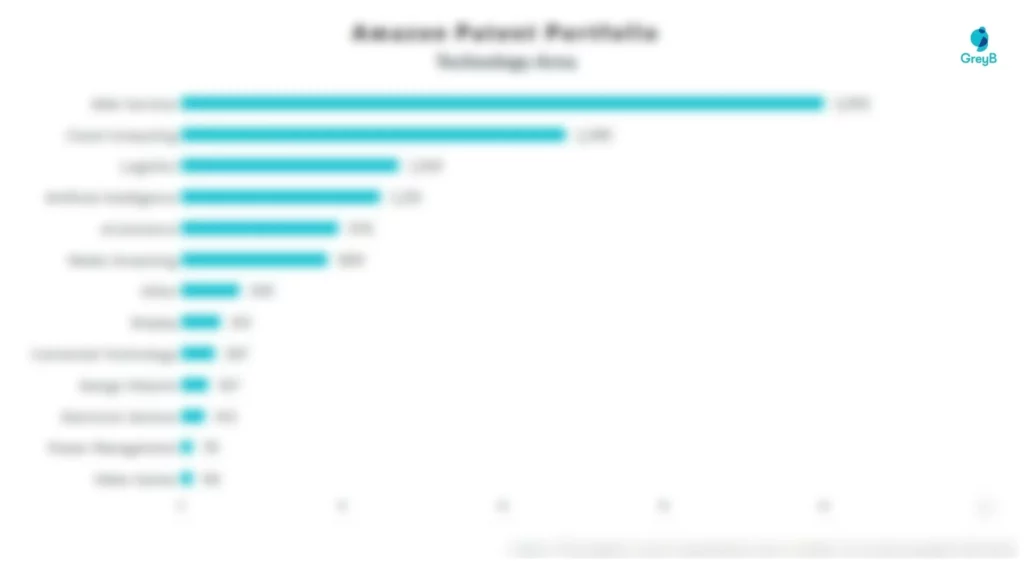
The chart below distributes patents filed by Tulip Interfaces in different countries on the basis of the technology protected in patents. It also represents the markets where Tulip Interfaces thinks it’s important to protect particular technological inventions.
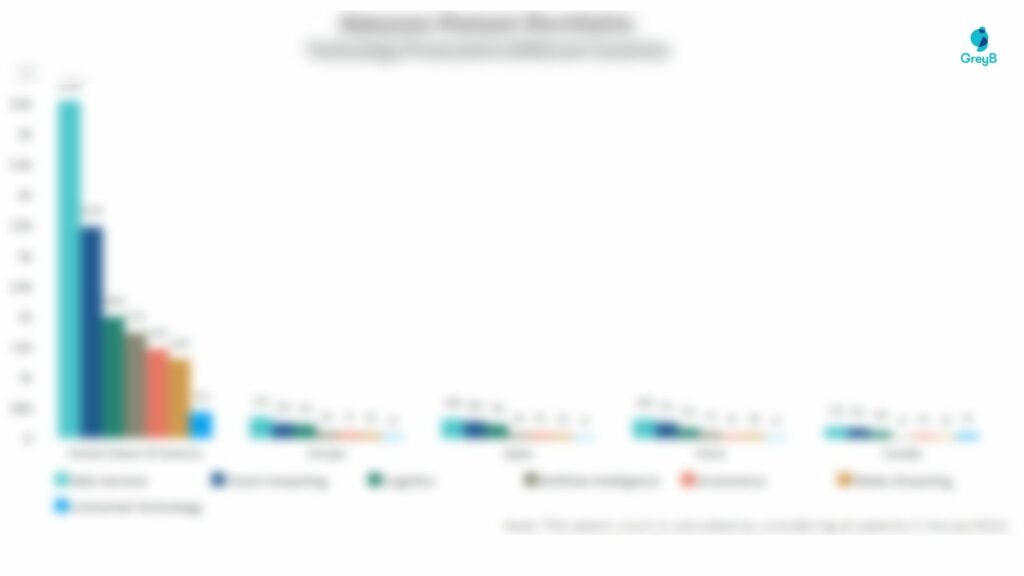
R&D Focus: How has Tulip Interfaces search focus changed over the years?
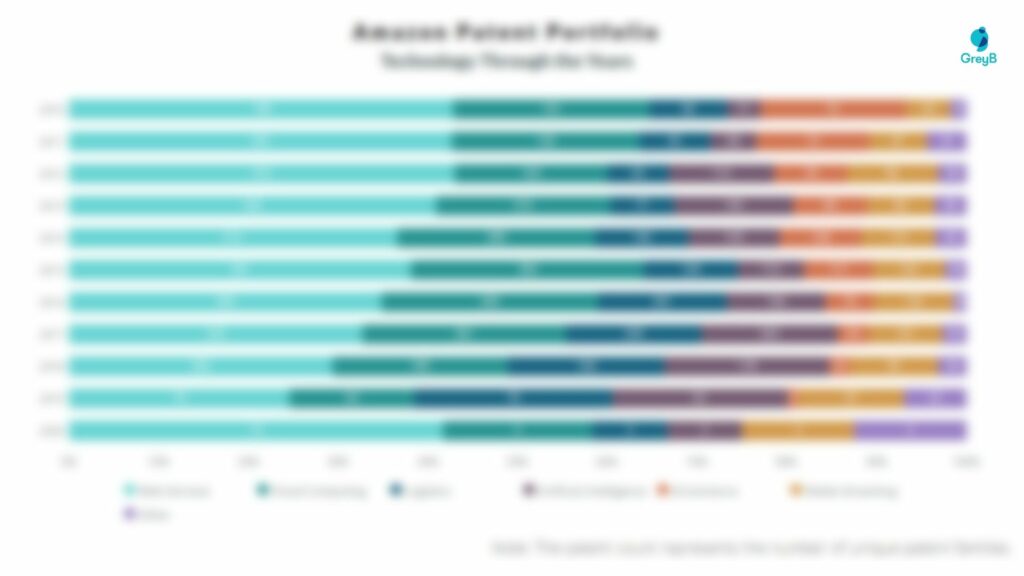
EXCLUSIVE INSIGHTS COMING SOON!
Interested in knowing about the areas of innovation that are being protected by Tulip Interfaces?
